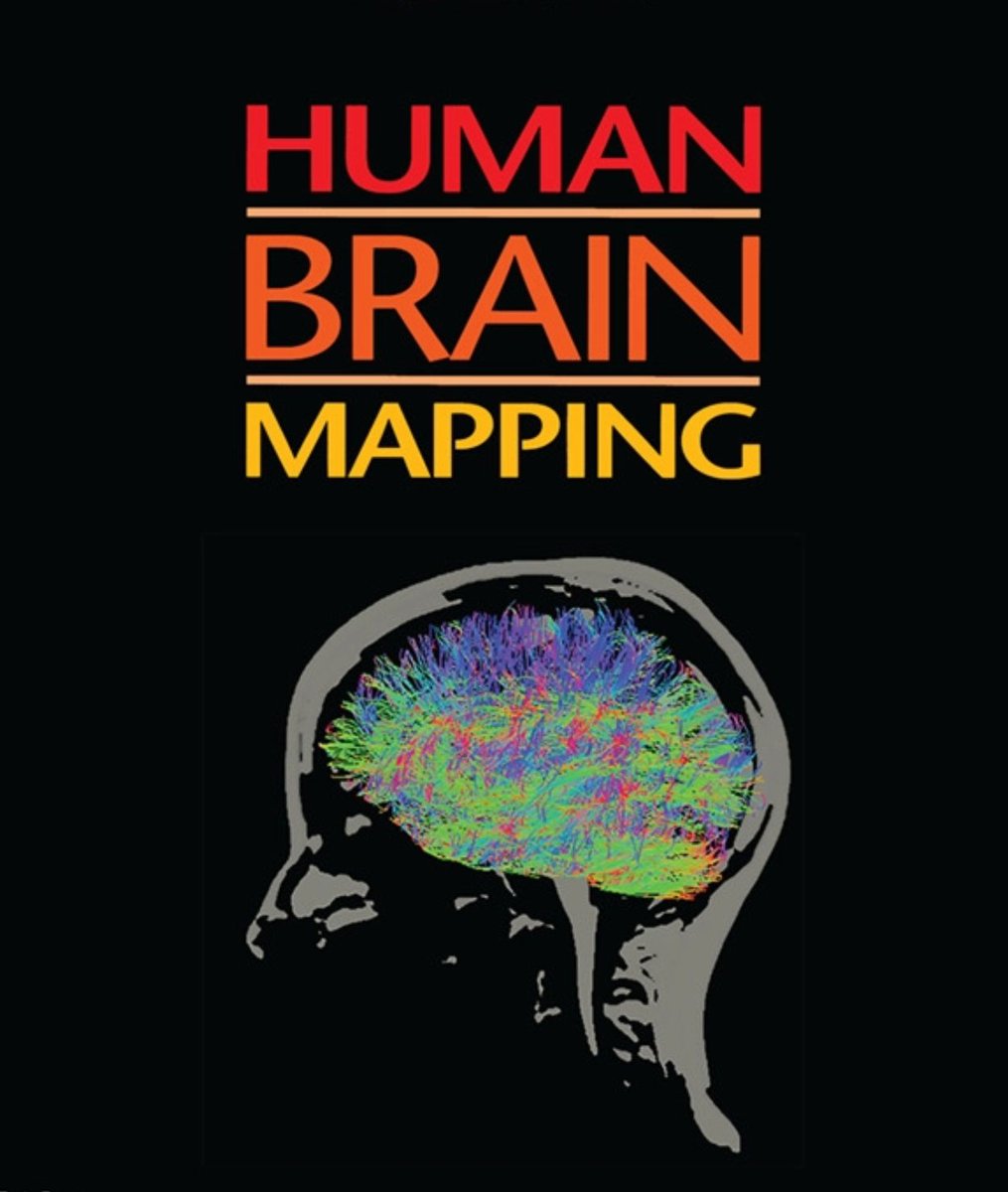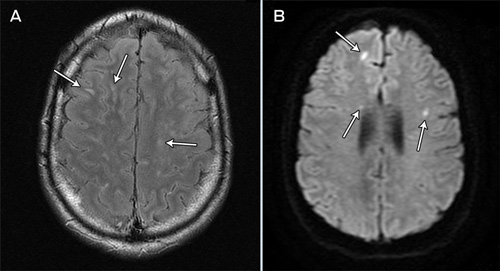


To read such Movies Reviews, subscribe to our website. You should carefully study to understand the mechanism of a knee jerk reflex.īrain behaviour research foundation of india The stimulus and response thus form a reflex arc as shown below in the knee jerk reflex. The efferent neurons then carry signals from CNS to the effector. The afferent neuron receives signals from a sensory organ and transmits the impulse via a dorsal nerve root into the CNS (at the level of the spinal cord). The reflex pathway comprises at least one afferent neuron (receptor) and one efferent (effector or excitor) neuron appropriately arranged in a series. The entire process of response to peripheral nerve stimulation, that occurs involuntarily, i.e., without conscious effort or thought and requires the involvement of a part of the central nervous system is called a reflex action. You must have experienced a sudden withdrawal of a body part that comes in contact with objects that are extremely hot, cold pointed, or animals that are scary or poisonous. The brain stem forms the connections between the brain and spinal cord. Three major regions make up the brain stem midbrain, pons, and medulla oblongata. The medulla contains centers that control respiration, cardiovascular reflexes, and gastric secretions. The medulla of the brain is connected to the spinal cord. Cerebellum has a very convoluted surface in order to provide the additional space for many more neurons. Pons consists of fiber tracts that interconnect different regions of the brain. The hindbrain comprises the pons, cerebellum, and medulla (also called the medulla oblongata). The dorsal portion of the midbrain consists mainly of four round swellings (lobes) called corpora quadrigemina. A canal called the cerebral aqueduct passes through the midbrain. The midbrain is located between the thalamus/hypothalamus of the forebrain and pons of the hindbrain. Along with the hypothalamus, it is involved in the regulation of sexual behaviour, expression of emotional reactions (e.g., excitement, pleasure, rage and fear), and motivation. The inner parts of cerebral hemispheres and a group of associated deep structures like the amygdala, hippocampus, etc., form a complex structure called the limbic lobe or limbic system. It also contains several groups of neurosecretory cells, which secrete hormones called hypothalamic hormones. The hypothalamus contains a number of centres that control body temperature, urge for eating and drinking. Another very important part of the brain called the hypothalamus lies at the base of the The cerebrum wraps around a structure called the thalamus, which is a major coordinating centre for sensory and motor signalling. They give an opaque white appearance to the layer and, hence, is called the white matter. Fibres of the tracts are covered with the myelin sheath, which constitutes the inner part of the cerebral hemisphere. These regions called association areas are responsible for complex functions like intersensory associations, memory and communication. The cerebral cortex contains motor areas, sensory areas, and large regions that are neither clearly sensory nor motor in function. The neuron cell bodies are concentrated here giving the colour. The cerebral cortex is referred to as the grey matter due to its greyish appearance. The layer of cells which covers the cerebral hemisphere is called the cerebral cortex and is thrown into prominent folds. The hemispheres are connected by a tract of nerve fibres called the corpus callosum. A deep cleft divides the cerebrum longitudinally into two halves, which are termed the left and right cerebral hemispheres. The cerebrum forms the major part of the human brain. The forebrain consists of the cerebrum, thalamus, and hypothalamus. 3 Brain Parts with Location Brain Anatomy with Brain Parts


 0 kommentar(er)
0 kommentar(er)
